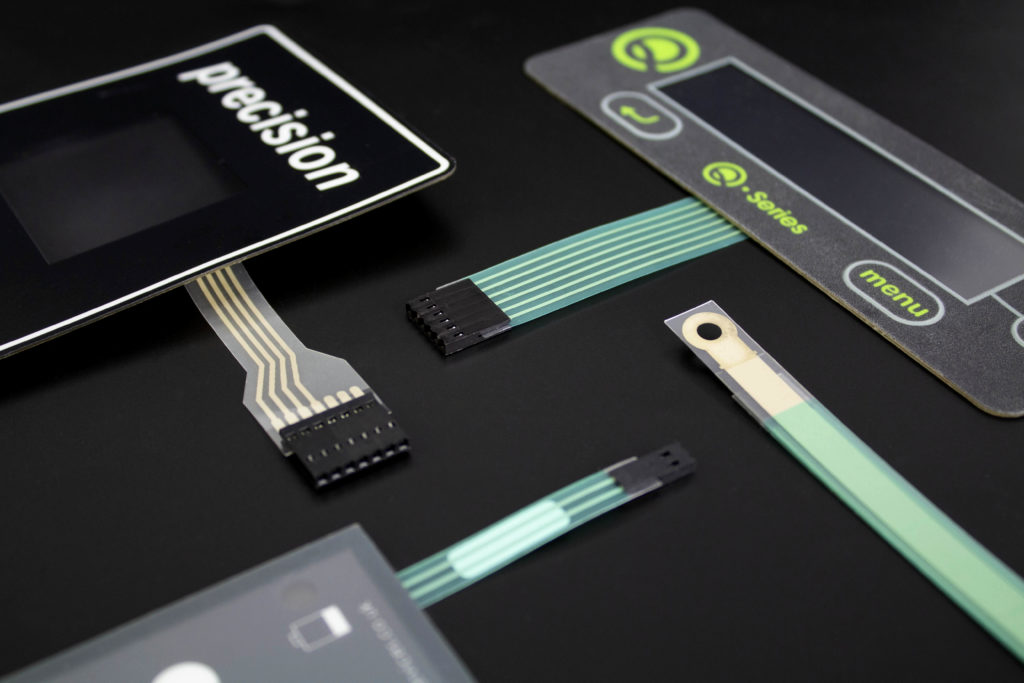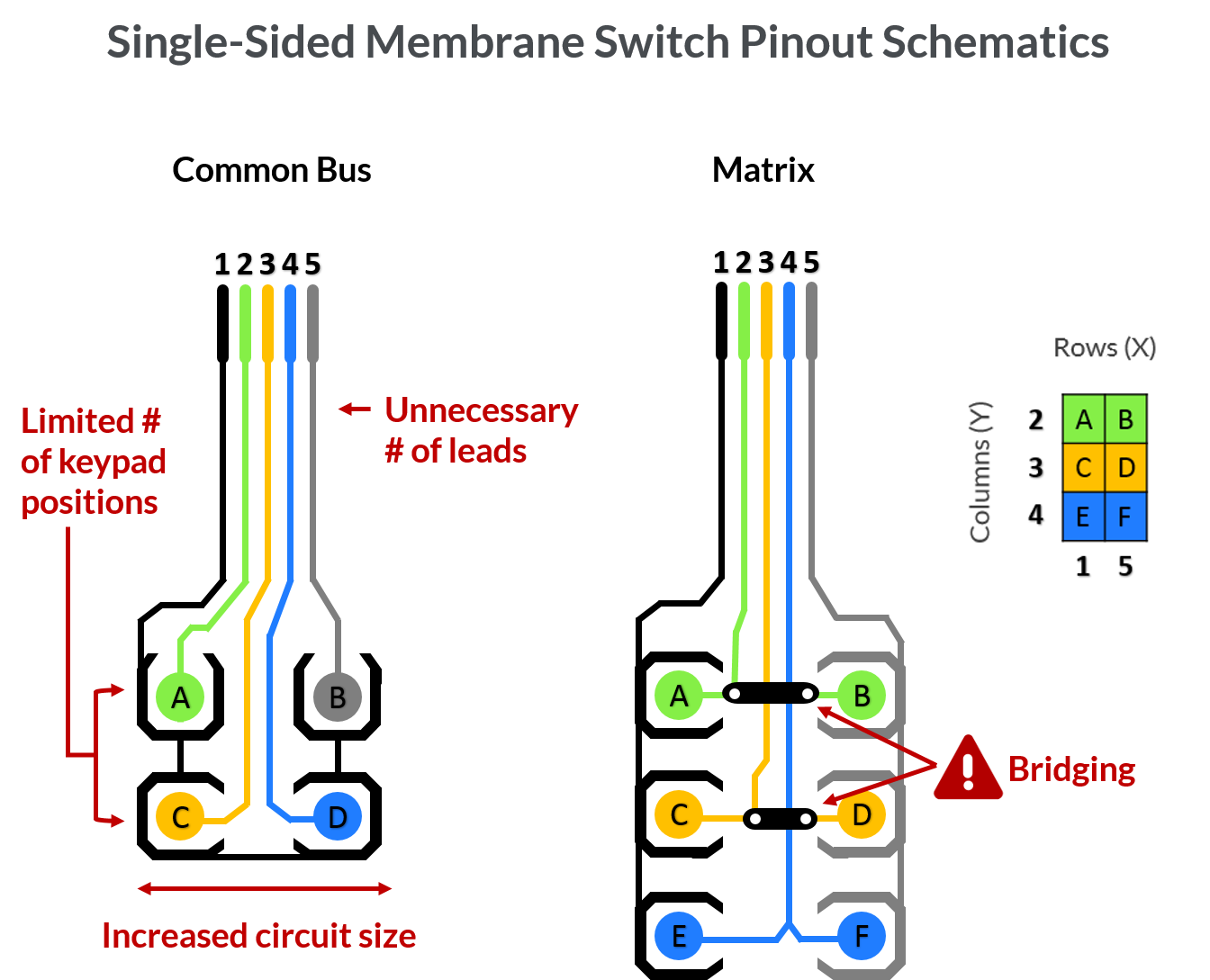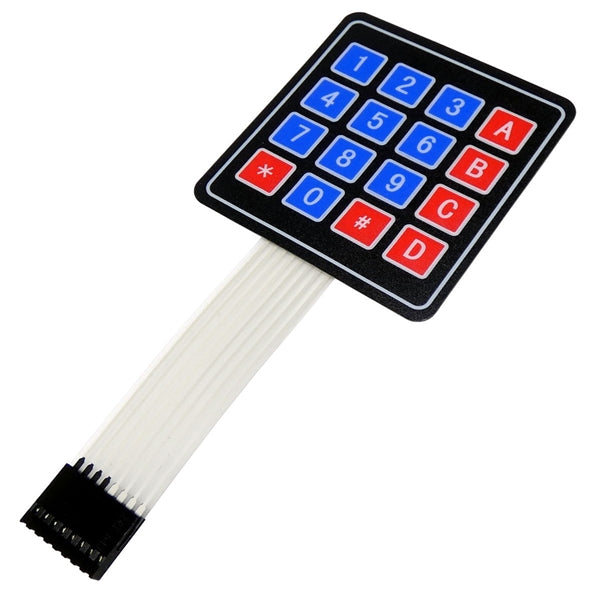How Membrane Switches Are Revolutionizing User Interface Design
How Membrane Switches Are Revolutionizing User Interface Design
Blog Article
Recognizing the Value of Membrane Switches in Interface
Membrane switches are integral parts in the style of efficient interface, helping with not only functionality however additionally boosting aesthetic appeal and individual communication. Their one-of-a-kind attributes, such as resistance to customizable designs and environmental aspects, make them ideal for a varied selection of applications across multiple sectors. As we discover the future trends and various advantages connected with Membrane innovation, it becomes clear that these switches are greater than just parts; they represent a merging of development and usefulness. The implications of this innovation on customer experience are worth taking a look at even more.
What Are Membrane Switches?

The spacer layer, which has adhesive properties, permits the separation of the circuit layer from the overlay, making certain that the button continues to be in a non-activated state until pushed. When stress is related to the overlay, it presses the spacer layer, connecting the space and completing the circuit in the underlying layer. This layout not only minimizes the physical area required for standard mechanical buttons yet likewise enhances the resilience of the tool, as Membrane switches are generally resistant to dust, moisture, and various other ecological aspects.
Commonly found in applications ranging from consumer electronic devices to clinical gadgets, Membrane switches are essential to modern innovation, offering a reliable and user-friendly user interface that aligns with modern style needs.
Benefits of Membrane Switches
While countless switch technologies exist, Membrane Switches offer distinctive advantages that make them specifically desirable in numerous applications. Among the primary benefits of Membrane buttons is their small style, which permits space-saving applications in tools where property is limited. Their slim account not only boosts aesthetic allure however also assists in light-weight construction.
An additional considerable advantage is their resistance to ecological factors. Membrane buttons are normally sealed versus moisture, dust, and pollutants, making them ideal for usage sought after environments, such as medical gadgets and commercial tools. This resilience expands the life-span of the switch, decreasing upkeep costs and boosting integrity.
In addition, Membrane switches can be tailored to meet certain layout needs, incorporating distinct graphics and shades that enhance customer interaction. Their responsive feedback alternatives can also be tailored to supply a gratifying customer experience. In addition, Membrane switches are cost-efficient, particularly in high-volume applications, as they can be created efficiently.
Applications in Different Industries

In the consumer electronics field, Membrane switches are widespread in devices such as microwaves, washing equipments, and remote controls. Their tactile comments and aesthetic alternatives improve user experience while giving a streamlined, modern-day look. Furthermore, auto manufacturers make use of Membrane buttons in control panel controls and infomercial systems, where space is restricted, and individual interaction is important.
Moreover, the industrial industry leverages Membrane buttons in control panels for equipment and equipment, enabling for intuitive operation in often rough click this site atmospheres. Their resistance to chemicals and moisture ensures durability and dependability in these applications. Generally, the flexibility of Membrane Switches contributes considerably to their prevalent usage, making them indispensable in numerous technological domains.
Layout Factors To Consider for Membrane Switches

When creating Membrane buttons, several key factors to consider should be thought about to ensure ideal capability and individual experience. The selection of materials is essential; choosing durable, high-grade substrates can boost the button's durability and resistance to environmental elements such as moisture and temperature fluctuations.
Secondly, the layout of the visuals overlay must focus on clarity and simplicity of usage. Symbols and message must be clear, and the layout ought to assist in instinctive interaction (membrane switches). Additionally, responsive feedback is crucial; integrating a responsive dome or other systems can improve the customer experience by supplying physical confirmation of activation
Another vital element is the button's electrical performance. Designers have to guarantee that the conductive traces are effectively made to decrease resistance and prevent signal interference. This entails examining the required actuation pressure and guaranteeing compatibility with the digital components they will user interface with.

Future Patterns in Membrane Innovation
As technology remains to advancement, Membrane buttons are positioned to develop substantially, driven by developments in materials and manufacturing methods. One arising pattern is the unification of sophisticated materials, such as conductive inks and versatile substrates, which enhance sturdiness and lower the total weight of Membrane switches. These products not only boost the tactile reaction however additionally allow for the design of switches that can hold up against harsher environmental conditions.
In addition, the integration of touch-sensitive innovations is changing typical Membrane Switches into even more interactive customer interfaces. look at more info Capacitive touch sensing units embedded within Membrane switch panels can offer a much more receptive and instinctive individual experience, lining up with the expanding need for sleek, modern-day designs in consumer electronics.
Furthermore, improvements in printing methods, such as electronic and 3D printing, allow fast prototyping and customization of Membrane switches. This flexibility allows manufacturers to respond much more rapidly to market needs and consumer choices.
Last but not least, sustainability is coming to be a considerable focus, with producers exploring environmentally friendly products and procedures. As these fads unravel, the future of Membrane innovation guarantees improved capability, visual appeal, and ecological duty, strengthening their function in advanced user interfaces throughout different sectors.
Verdict
In verdict, Membrane Switches stand for a vital part in the style of interface, integrating functionality with visual adaptability. Their advantages, including durability and resistance to ecological variables, make them ideal for varied applications across various sectors. Moreover, thoughtful design factors to consider improve individual communication and experience. As advancements in technology proceed, the evolution of Membrane switches is anticipated to additional refine interface, driving development and boosting functionality in an increasingly intricate technical landscape.
Membrane buttons are integral elements in the design of efficient customer interfaces, facilitating not just functionality however likewise boosting aesthetic allure and user communication.Membrane Switches serve as a crucial element in numerous user interfaces, helping with a smooth communication in between users and electronic gadgets.While many button technologies exist, Membrane Switches offer distinctive advantages that make them particularly preferable in various applications.In addition, Membrane buttons can be personalized to satisfy certain style needs, integrating unique graphics and shades that enhance customer communication.In conclusion, Membrane Switches represent an essential element in the design of user interfaces, incorporating capability with visual adaptability.
Report this page